Weather 23°C, Wind W at 6 km/h, 44% Humidity | ||
Tel rehov trailer
Rehov (also Rehob), meaning "broad", "wide place", was an important Bronze and Iron Age city located at Tel Rehov (Hebrew: תל רחוב), an archaeological site in the Jordan Valley, Israel, approximately 5 kilometres (3.1 mi) south of Beit She'an and 3 kilometres (1.9 mi) west of the Jordan River.
Contents
- Tel rehov trailer
- 023 excavating the bible tel rehov
- History
- Archaeology
- Ancient beehives
- Ancient synagogue
- References
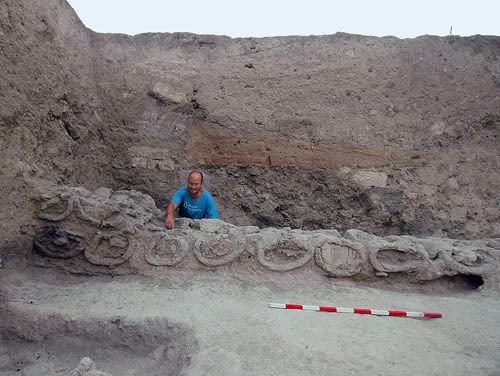
023 excavating the bible tel rehov
History
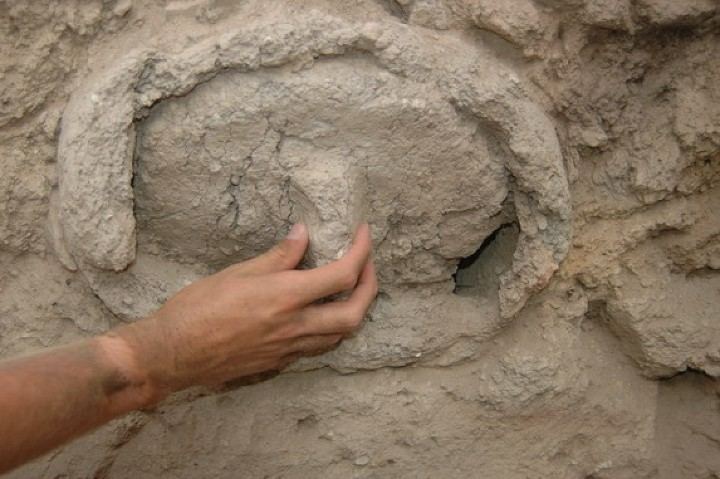
The site represents one of the largest ancient city mounds in Israel, its surface area comprising 120,000 square metres (1,300,000 sq ft) in size, divided into an "Upper City" (40,000 square metres (430,000 sq ft)) and a "Lower City" (80,000 square metres (860,000 sq ft)). The oldest known archaeological finds relating to beekeeping were discovered at Rehov. Rehov was a joint Israelite-Canaanite city, and had an estimated population of 2,000.
Archaeology
Archaeological excavations have been conducted at Rehov since 1997 under the directorship of Amihai Mazar, Professor at the Institute of Archaeology of the Hebrew University in Jerusalem, and with the primary sponsorship of John Camp.
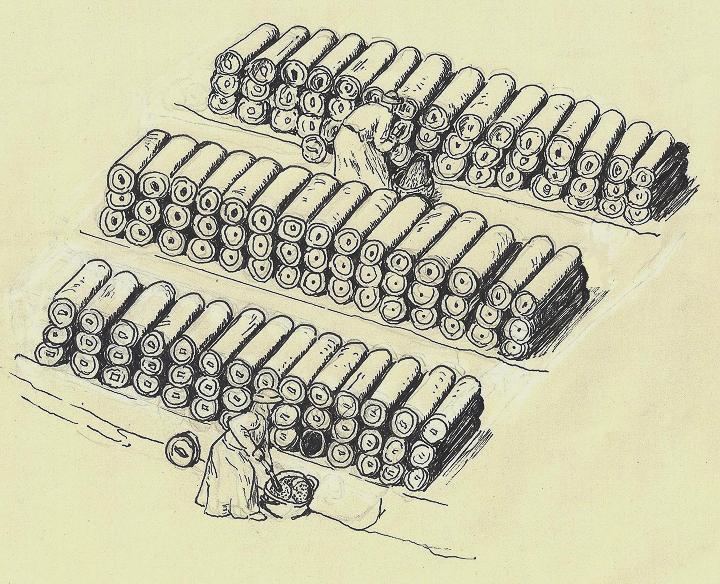
Iron Age II levels of the site have emerged as a vitally important component in the current debate regarding the chronology of the United Monarchy of Israel. Important data has also been forthcoming regarding the Early Bronze Age, Late Bronze Age and medieval occupation of the site.
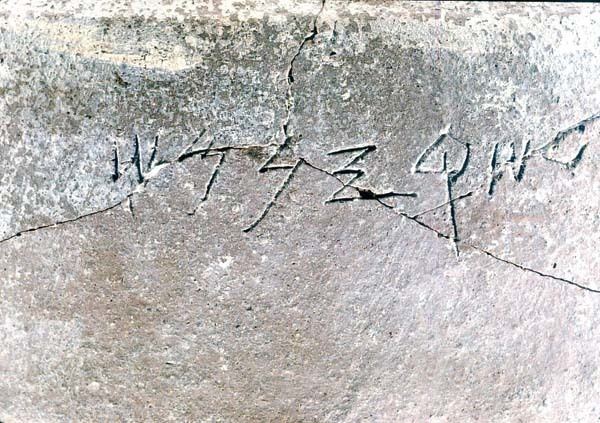
In 2013, the team reported the discovery of a building that might have been the house of Elisha the prophet.
Ancient beehives
In September 2007 it was reported that 30 intact beehives and the remains of 100-200 more dated to the mid-10th century BCE to the early 9th century BCE were found by archaeologists in the ruins of Rehov. The beehives were evidence of an advanced honey-producing beekeeping (apiculture) industry 3000 years ago in the city, then thought to have a population of about 2000 residents at that time, both Israelite and Canaanite. The beehives, made of straw and unbaked clay, were found in orderly rows of 100 hives. Previously, references to honey in ancient texts of the region (such as the phrase "land of milk and honey" in the Hebrew Bible) were thought to refer only to honey derived from dates and figs; the discoveries show evidence of commercial production of bee honey and beeswax.
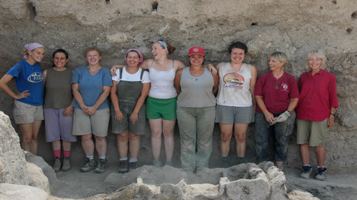
In addition to beehives, the remains of bees and bee larvae and pupae were also found. In 2010, using DNA from the remains of bees found at the site, researchers identified the bees as a subspecies, similar to the Anatolian bee, found now only in Turkey. It is possible that the bees' range has changed, but more likely that the inhabitants of Tel Rehov imported bees because they were less aggressive than the local bees and provided a better honey yield (three to eight times higher than Israel’s native bees).
Supporting archaeological knowledge include evidence of other imports in Rehov from eastern Mediterranean lands; later Egyptian documentation of transferring bees in large pottery vases or portable beehives; and an Assyrian stele from the 8th century BCE that evidences that bees had been brought from the Taurus Mountains of southern Turkey to the land of Suhu - about the same distance as between the Taurus and Rehov (400 kilometres (250 mi)).
The beehives were dated by carbon-14 radiocarbon dating at the University of Groningen in the Netherlands, using organic material (wheat found next to the beehives).
Ezra Marcus of the University of Haifa, said the finding was a glimpse of ancient beekeeping seen in Near Eastern texts and ancient art. Religious practice was evidenced by an altar decorated with fertility figurines found alongside the hives.
Ancient synagogue
Along with the remains of an ancient synagogue, the archaeologists found a seventh-century inscription, part of a mosaic pavement, that contains details of Jewish religious laws concerning tithes and the Sabbatical Year.
